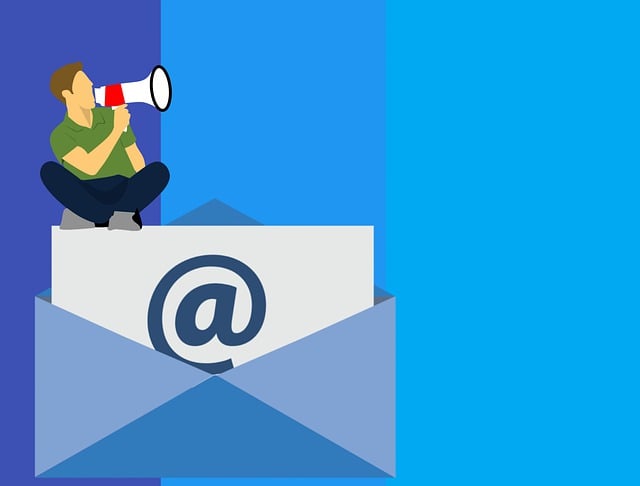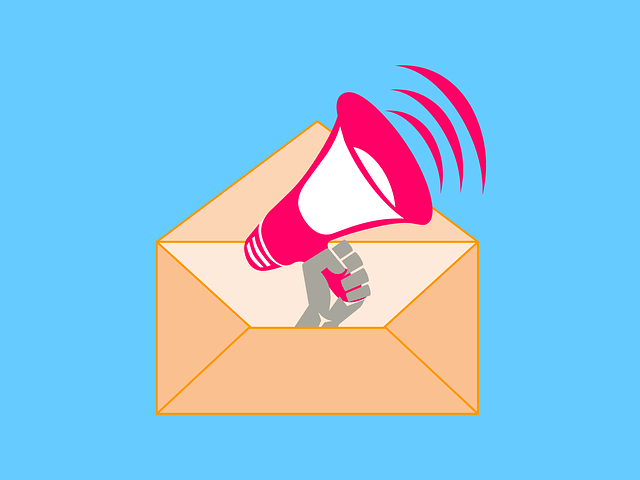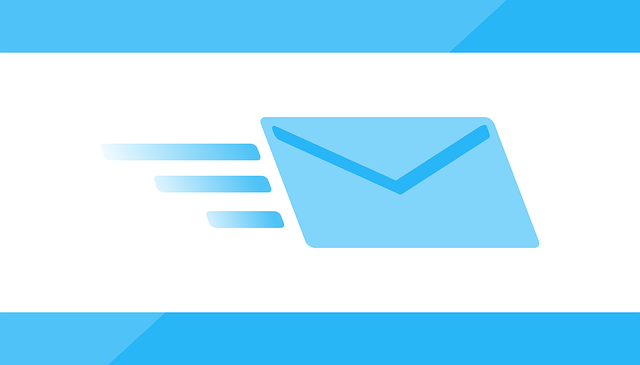In the world of B2B email marketing campaigns, tracking metrics is like navigating through uncharted waters. It’s like being the captain of a ship, carefully observing the horizon to ensure you stay on course and reach your destination.
Just as a good captain relies on a compass and navigational tools, successful marketers rely on key metrics to gauge the effectiveness of their email campaigns. These metrics serve as your compass, guiding you towards higher engagement, more conversions, and ultimately, a greater return on investment.
From open rates to unsubscribe rates, each metric provides valuable insights into the performance of your emails and allows you to make data-driven decisions.
In this article, we will explore seven important metrics that every B2B marketer should track in their email marketing campaigns. By understanding and monitoring these metrics, you can steer your campaigns towards success and ensure you are making the most of your marketing efforts.
So, hoist the sails and let’s dive into the world of B2B email marketing metrics!
Key Takeaways
- Open Rate, Click-through Rate, Conversion Rate, Bounce Rate, Unsubscribe Rate, and ROI are important metrics to track in B2B email marketing campaigns.
- Open Rate indicates the effectiveness of the subject line, while Click-through Rate measures recipient engagement with email content.
- Conversion Rate measures the success of customer acquisition and lead generation, and Bounce Rate reveals the effectiveness of email delivery and the quality of the email list.
- Unsubscribe Rate reflects recipient interest and engagement, and ROI measures the profitability of email marketing campaigns.
Open Rate
Are you wondering how to improve your open rate and get more people to read your B2B email marketing campaigns?
One of the most important metrics to track in email engagement is the open rate. This metric measures the percentage of recipients who open your emails. A high open rate indicates that your subject line is effective and compelling enough to grab the attention of your audience.
To improve your open rate, focus on creating subject lines that are concise, personalized, and relevant to your target audience. A well-crafted subject line can entice recipients to open your emails, increasing the chances of them engaging with your content.
Once you have mastered the art of improving your open rate, you can move on to tracking the next important metric: the click-through rate.
Click-Through Rate
One way to gauge the effectiveness of your B2B email marketing campaign is by looking at the click-through rate (CTR). The CTR measures how many recipients actually engage with your content by clicking on a link within the email.
It is an important metric because it shows the level of interest and engagement among your audience. A high CTR indicates that your email content is compelling and relevant to your recipients, while a low CTR may suggest that your content needs improvement.
To optimize your CTR, you can conduct A/B testing to determine which elements of your email (such as subject line, call-to-action, or layout) resonate better with your audience. By tracking and analyzing your CTR, you can make data-driven decisions to improve the engagement rate of your B2B email marketing campaigns.
This leads to the subsequent section about the ‘conversion rate’, which measures the percentage of recipients who take a desired action after clicking on a link.
Conversion Rate
To truly gauge the effectiveness of your B2B email marketing efforts, it’s crucial to focus on the conversion rate – the percentage of recipients who actually take action after clicking on a link. This metric is a key indicator of customer acquisition and lead generation, as it measures the success of turning email recipients into paying customers or qualified leads.
A high conversion rate indicates that your email campaign is effectively driving recipients to take the desired action, whether it’s making a purchase, signing up for a webinar, or requesting a demo. To optimize your conversion rate, consider these strategies:
- Personalize your emails to make them more relevant and tailored to each recipient.
- Use clear and compelling call-to-action buttons that clearly communicate the desired action.
- Test different email copy and designs to find what resonates best with your audience.
By tracking and improving your conversion rate, you can maximize the impact of your B2B email marketing campaigns.
Next, let’s explore the importance of monitoring the bounce rate.
Bounce Rate
Make sure you pay attention to your bounce rate, as it reveals the effectiveness of your email delivery and the quality of your email list, ultimately impacting the success of your B2B email marketing efforts.
Bounce rate analysis is crucial in identifying issues that may be causing your emails to bounce back. A high bounce rate indicates that your emails are not reaching the intended recipients, resulting in wasted resources and missed opportunities.
To reduce bounce rate, regularly clean your email list by removing invalid or inactive email addresses. Additionally, ensure that you have a double opt-in process in place to verify the validity of email addresses.
By actively managing and reducing your bounce rate, you can improve the deliverability and engagement of your B2B email campaigns.
As you move on to the next section about ‘unsubscribe rate,’ keep in mind that reducing bounce rate is a critical first step in optimizing your email marketing strategy.
Unsubscribe Rate
Keep an eye on your unsubscribe rate to gauge the level of interest and engagement from your email recipients, ensuring that you’re delivering content that resonates and keeps them excited to stay subscribed.
A high unsubscribe rate indicates a higher churn rate and suggests that your email campaigns may not be meeting the expectations of your recipients. This can be attributed to a variety of factors, including irrelevant content, excessive frequency, or a poor user experience.
To improve your unsubscribe rate and increase customer satisfaction, consider implementing the following strategies:
- Segment your email list based on demographics, preferences, or behavior to deliver more targeted content.nn2. Personalize your emails to make them feel more relevant and tailored to individual recipients.nn3. Optimize your email frequency to avoid overwhelming your subscribers.nn4. Provide a clear and easy-to-use unsubscribe option to respect your recipients’ preferences.
By monitoring and actively managing your unsubscribe rate, you can improve the effectiveness of your email campaigns and enhance your return on investment (ROI).
Return on Investment (ROI)
Maximizing your ROI is crucial for the success of your email marketing efforts, ensuring that you are getting the most value out of your campaign investments. ROI measures the profitability of your email marketing campaigns and helps you evaluate the effectiveness of your strategies. To optimize your email campaigns and improve ROI, it is essential to track and analyze key metrics such as open rates, click-through rates, conversion rates, and revenue generated. These metrics provide valuable insights into the performance of your campaigns, allowing you to make data-driven decisions to enhance your email marketing strategies. By monitoring these metrics, you can identify areas for improvement, refine your targeting, personalize your content, and optimize your overall campaign performance. Investing time and effort in email campaign optimization can lead to increased engagement, higher conversions, and ultimately, a higher return on your investment.
| Metric | Benchmark Range |
|---|---|
| Open Rate | 15-25% |
| Click-Through Rate | 2-5% |
| Conversion Rate | 1-3% |
| Revenue Generated | Varies |
| ROI | Varies |
Frequently Asked Questions
How can I improve the deliverability of my B2B email marketing campaigns?
To improve engagement and optimize deliverability in your B2B email marketing campaigns, there are a few key strategies you can implement.
First, focus on building a quality email list by regularly cleaning and updating it.
Second, personalize your emails to make them relevant and valuable to your recipients.
Third, use a reputable email service provider that can help maximize deliverability rates.
Lastly, regularly monitor and analyze your campaign metrics to identify areas for improvement and make data-driven decisions.
What are some effective strategies for increasing the click-through rate in B2B email campaigns?
To increase the click-through rate in your B2B email campaigns, there are several effective strategies you can employ.
First, focus on creating compelling subject lines that pique curiosity and encourage recipients to open your emails.
Personalizing your content and using clear call-to-action buttons can also boost engagement.
Additionally, optimizing your emails for mobile devices and testing different email layouts can improve click-through rates.
Remember to analyze the data to determine the effectiveness of these strategies and make adjustments accordingly.
How can I measure the success of my B2B email marketing campaigns beyond just conversion rate?
To measure the success of your B2B email marketing campaigns beyond conversion rate, focus on customer engagement and email open rates. Customer engagement is a key indicator of how interested and involved your audience is with your emails. By tracking email open rates, you can gauge the effectiveness of your subject lines and overall email visibility. These metrics provide valuable insights into the level of interest and interaction your emails are generating, helping you optimize your campaigns for better results.
What are some common reasons for high bounce rates in B2B email campaigns?
High bounce rates in B2B email campaigns can be caused by various factors. One common reason is invalid or outdated email addresses in your database.
Other causes could include technical issues, spam filters, or poor email design.
To reduce bounce rates, ensure your email list is clean and up-to-date. Implement double opt-ins and regular list hygiene.
Improve email deliverability by following best practices and optimizing your content and subject lines.
How can I calculate the return on investment (ROI) for my B2B email marketing campaigns?
To calculate the ROI for your B2B email marketing campaigns, you need to compare the revenue generated from these campaigns with the costs incurred.
Start by tracking the total revenue attributed to your email campaigns and subtract the total costs, including design, copywriting, and delivery.
Divide the result by the total costs and multiply by 100 to get the ROI percentage.
This calculation allows you to measure the effectiveness of your campaigns and make data-driven decisions for email campaign optimization.
Conclusion
In conclusion, by tracking these 7 important metrics in your B2B email marketing campaigns, you can gain valuable insights into the effectiveness of your strategies.
Keep a close eye on your open rate, click-through rate, conversion rate, bounce rate, unsubscribe rate, and return on investment. These metrics provide tangible data that can guide your decision-making process and help you optimize your campaigns for better results.
So, don’t leave it to chance, harness the power of data and make your email marketing campaigns soar to new heights.









